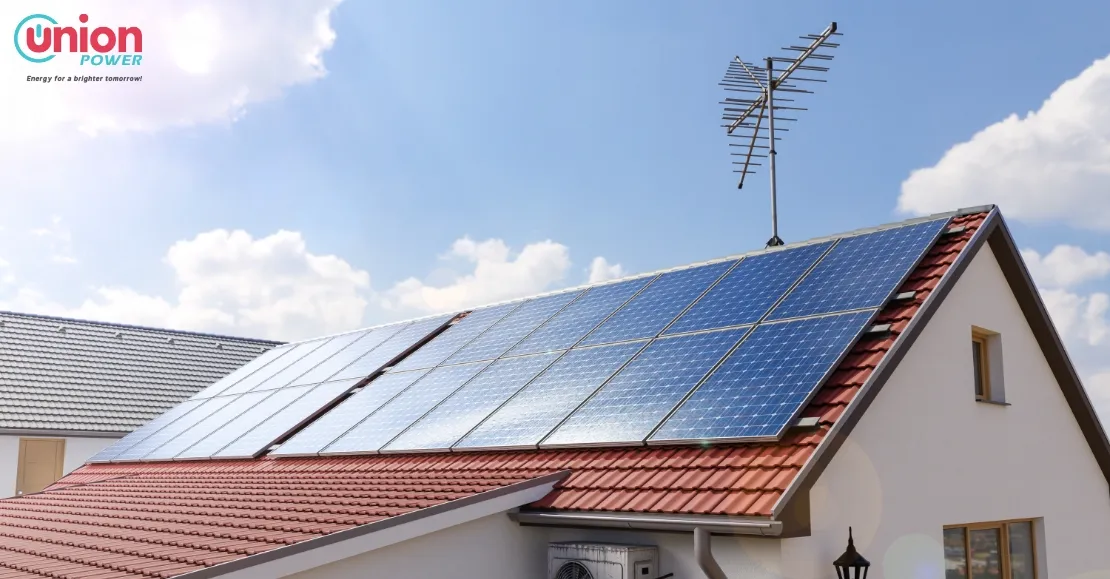In recent years, solar energy has emerged as a viable and sustainable alternative to traditional sources of power. Solar panels harness the sun’s abundant energy to generate electricity, offering homeowners a clean, renewable, and cost-effective solution for powering their homes. If you’re considering installing solar panels on your property, you may be wondering where to begin. In this comprehensive guide, we’ll walk you through the step-by-step process of solar panel installation, from initial planning to system activation.
Step 1: Assess Your Energy Needs
Before diving into solar panel installation, it’s essential to assess your energy needs and determine how much electricity you consume on a daily basis. Review your past utility bills to get an idea of your average energy usage and identify any energy-intensive appliances or devices in your home. Understanding your energy needs will help you determine the size and capacity of the solar panel system required to meet your electricity demands.
Step 2: Conduct a Site Evaluation
Once you’ve assessed your energy needs, the next step is to conduct a site evaluation to determine the suitability of your property for solar panel installation. Consider factors such as the orientation and tilt of your roof, the amount of sunlight your property receives throughout the day, and any potential obstructions such as trees or buildings that may shade your solar panels. A professional solar installer can conduct a site assessment to help you determine the optimal location and orientation for your solar panels.
Step 3: Obtain Permits and Approvals
Before installing solar panels, you’ll need to obtain the necessary permits and approvals from your local government or building authority. Permit requirements vary depending on your location and the size of your solar panel system, so it’s essential to research the specific requirements in your area. Your solar installer can help you navigate the permitting process and ensure that your installation complies with local regulations and building codes.
Step 4: Design Your Solar Panel System
Once you’ve obtained the necessary permits and approvals, it’s time to design your solar panel system. Work with your solar installer to determine the optimal layout and configuration for your solar panels based on your energy needs, roof orientation, and available space. Your solar installer will take into account factors such as panel efficiency, shading, and system performance to design a system that maximizes energy production and efficiency.
Step 5: Install Mounting Hardware
Before installing the solar panels themselves, the mounting hardware must be securely attached to your roof or ground-mounted structure. The type of mounting hardware used will depend on your roof type and the layout of your solar panel system. Roof-mounted systems typically use racking or mounting brackets that are attached directly to the roof rafters, while ground-mounted systems may require concrete footings or pole mounts for support.
Step 6: Install Solar Panels
With the mounting hardware in place, it’s time to install the solar panels themselves. Solar panels are typically installed in rows, with each panel securely attached to the mounting hardware using clamps or brackets. The panels are then wired together in series to form a complete solar array. Your solar installer will ensure that the panels are properly aligned and oriented to maximize sunlight exposure and energy production.
Step 7: Connect Electrical Components
Once the solar panels are installed, the next step is to connect the electrical components of your solar panel system. This includes wiring the solar panels together in series or parallel to form a complete circuit and connecting them to the inverter, which converts the direct current (DC) electricity generated by the panels into alternating current (AC) electricity suitable for use in your home. Your solar installer will also install a meter to measure the amount of electricity generated by your solar panel system.
Step 8: Perform System Testing and Inspection
After the electrical components are connected, your solar installer will perform thorough testing and inspection to ensure that your solar panel system is functioning properly and safely. This includes checking for proper wiring connections, verifying system performance, and conducting a final inspection to ensure compliance with local regulations and building codes. Once the system passes inspection, it’s ready to be activated and connected to the grid.
Step 9: Activate and Monitor Your System
With the installation process complete, it’s time to activate your solar panel system and start generating clean, renewable energy for your home. Your solar installer will coordinate with your utility company to activate your system and ensure that it’s properly connected to the grid. Once activated, you can monitor your system’s performance and energy production using a monitoring system provided by your solar installer or through a mobile app.
Step 10: Enjoy the Benefits of Solar Power
With your solar panel system up and running, you can start enjoying the numerous benefits of solar power. Not only will you reduce your carbon footprint and dependence on fossil fuels, but you’ll also save money on your energy bills and increase the value of your home. Solar panels have a long lifespan and require minimal maintenance, making them a cost-effective and sustainable solution for powering your home for years to come.
In conclusion, solar panel installation offers homeowners a practical and sustainable way to generate clean, renewable energy and reduce their dependence on traditional sources of power. By following the step-by-step process outlined in this guide and working with a professional solar installer, you can ensure a smooth and successful installation and start reaping the benefits of solar power for your home.


